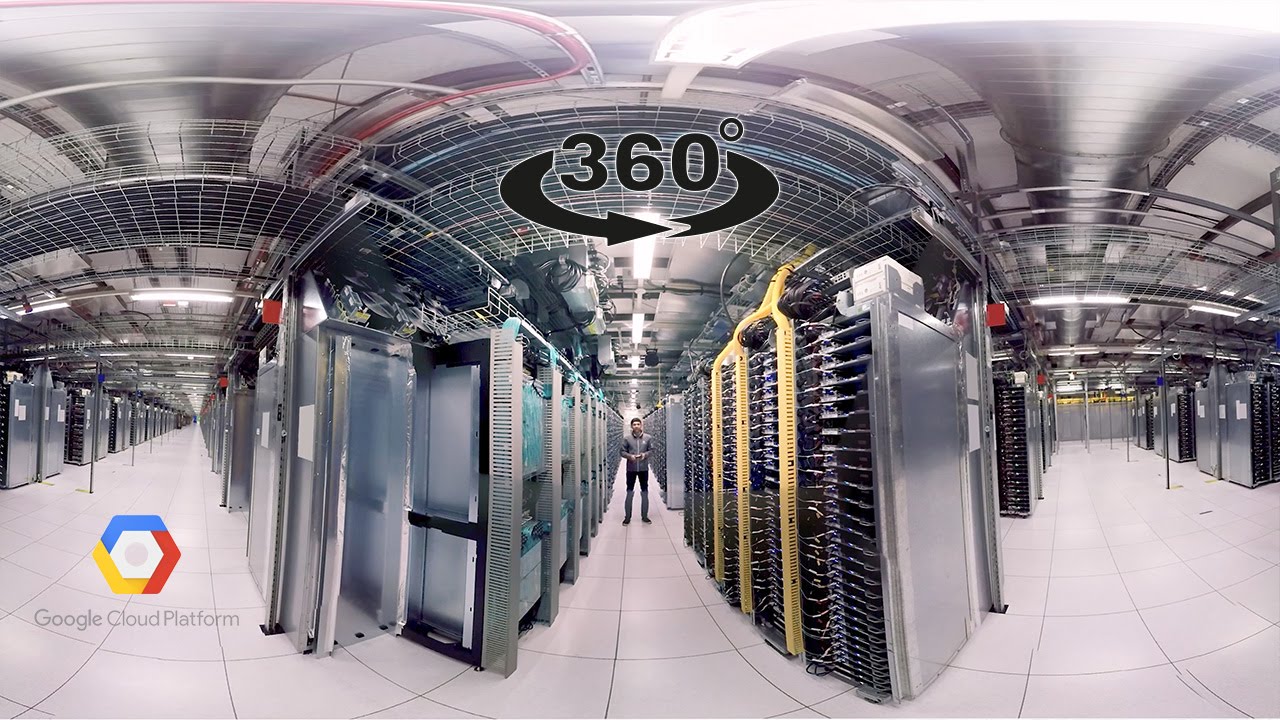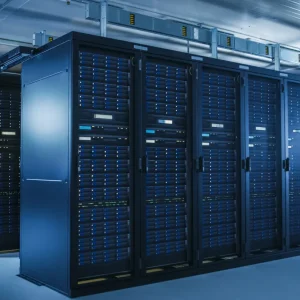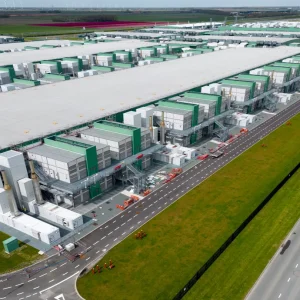
Virtual reality (VR) is making its way into the consumer world as well as into the manufacturing, healthcare, education, and many more sectors. However, despite data centres being the force that motors the content visualised in every headset, they still have not yet taken VR 100% into their operations.
This comes depsite the huge opportunity and potential VR could bring to data centre management – a view shared by Greg McCulloch, CEO at enterprise data centre services provider Aegis Data, who believes the data centre industry has the potential to be the biggest benefactor from the rise in VR.
He told CBR: "VR has been a growing topic in the media, and its ability to be a useful tool, particularly for the data centre itself should not be overlooked particularly when it comes to the design and build of an actual site.
"VR allows data centre operators to envision the space and floor plan of properties and the look and feel of where cabinets can be placed.
"Likewise, it can also be used to help prospective customers imagine the space that they could be buying into presenting a total immersive experience during the sale process."
McCulloch also said that with consistent concerns surrounding physical security of data, allowing customer to virtually visit the data centre floor could be another bonus of VR for hosting providers, "helping customers feel confident and secure about the location of their data".
Even though VR in the wider world is very much at an early stage, McCulloch says that the data centre industry is pulling ahead and already producing VR environments for its customers.
He said that this tactic is already being utilised in the planning of building walkthroughs for architects and "is proving a useful tool".
"It is also becoming critical for data centre operators to climatise quickly to new technological changes. Just four years ago, HPC required 10kw racks, but now the demand has increased ranging all the way up to 30kw. It would not be all too surprising if VR follows the same path as it becomes more widely used.
"Data centre operators are thus beginning to mould data centre requirements to keep up the pace with ever growing demands of technology, making the idea of future proofing even more important."
An example of VR being used on the data centre floor can be seen from Google. In March 2016, the company posted on YouTube an eight and a half minutes long 360 video that takes anyone, anywhere, on a tour around and inside it’s The Dalles, Oregon, data centre.
The video, watched by more than 1.2 million people (as of May 2016), displays one of the most secured sites on Earth, where even "most Google employees do not get to see," said Sandeep Dinesh, developer advocate at Google who has been tasked with guiding users through the facility.
The ‘Google Data Centre 360 Tour’ has also helped to introduce data centres to a wider audience, helping consumers understand how services, and especially the cloud, are kept online.
In addition to being a useful planning and marketing tool, VR also has other benefits such as staff training and even help with VR meetings between sites of the same organisation spread worldwide.

Preparing for VR invasion
While data centres themselves can benefit from the technology, they also have to prepare for the fast adoption of VR outside the data halls.
McCulloch said: "Meeting the requirements of VR technology will ultimately lead to new challenges for data centre operators.
"Having racks that are optimised to cater for high-performance computing (HPC) and equally other high-bandwidth applications such as IoT and gaming are essential in making sure services are kept at optimal performance."
It is also crucial that facilities are future-proofed for such disrupting technologies, and that is "another key challenge for data centre organisations".
"Many claim to provide high performance racks but that equals far more infrastructure demands and therefore additional costs. Particularly with data centres located in major cities, the expense of rent and tile space is more significant than those on the edge.
"The process of upgrading and managing the space required to remain cost-effective is a strain for many. "
To provide a solution to this, many operators are adopting a hybrid formula where, for example, customers who may have ten racks can allocate two of those to support processes such as HPCand VR.
McCulloch told CBR that some instead may also choose to house smaller operations in their own data centres that require racks of 2-5kw power, but then can choose to utilise the more significant data hauls from VR and HPC in data centres that are equipped with 20-30kw to support these higher densities.
"Driving this very much lies in the hands of consumers who are increasingly clambering for richer audio-visual experiences delivered through streamed video services and online gaming.
"As consumption rates of these medias sore, so will the demands for the necessary infrastructure needed to support it, notably requiring the highest levels of connectivity, storage and security."
As a result, engineers will need to be aware of these demands by upgrading legacy infrastructures that are not necessarily equipped to handle modern densities and configurations of the new technology.
This while also keeping an eye on the potential rise in costs, particularly CAPEX, which can be incurred during potential upgrades.






